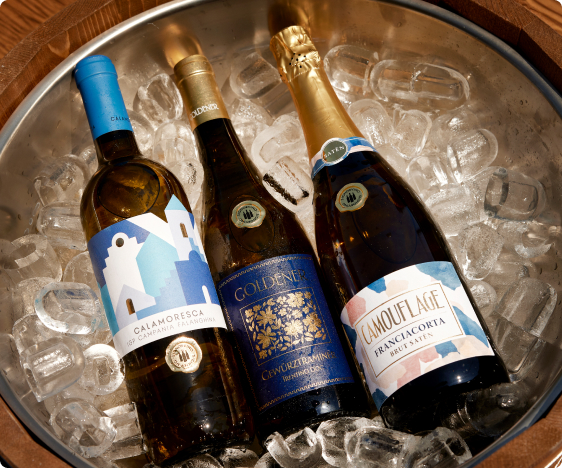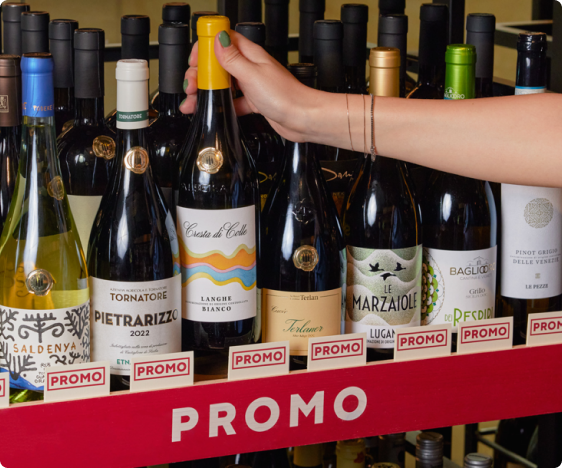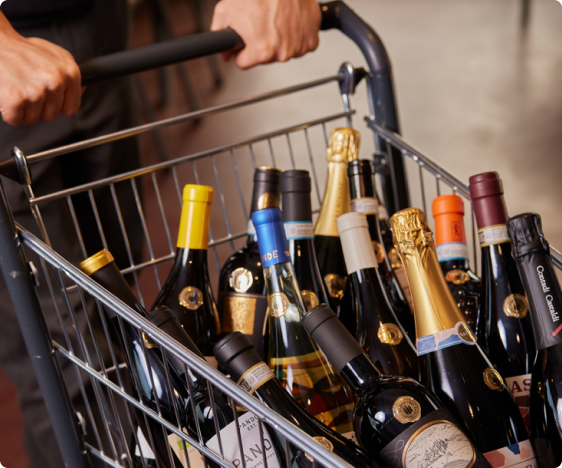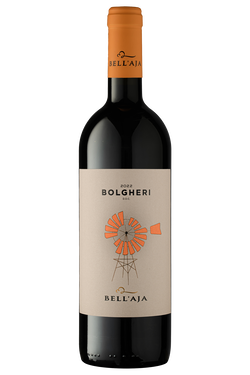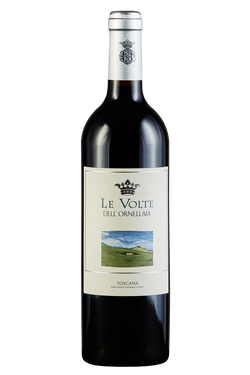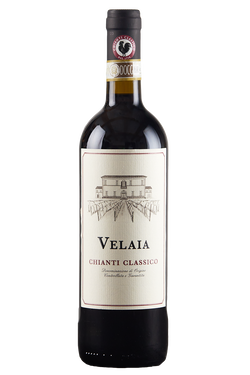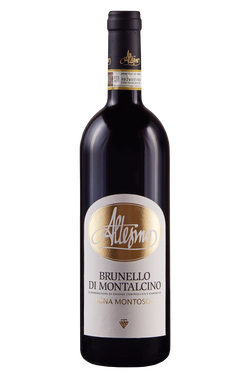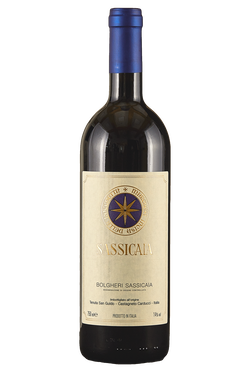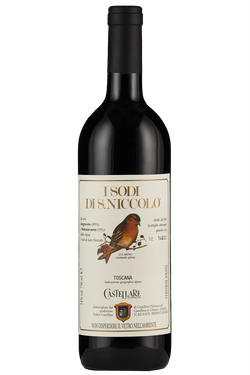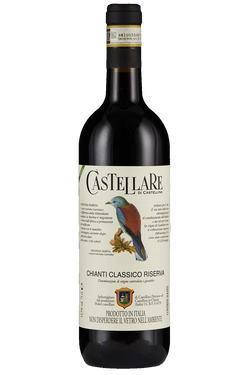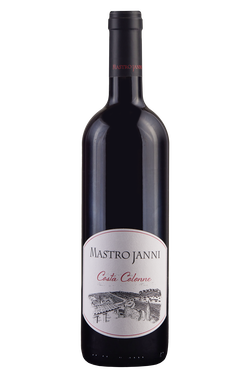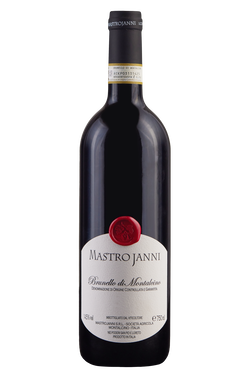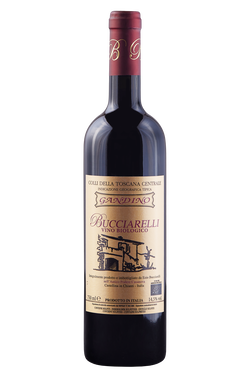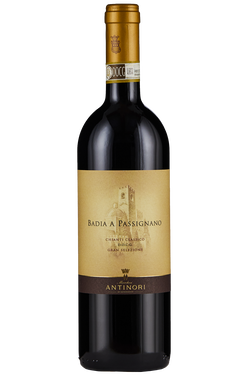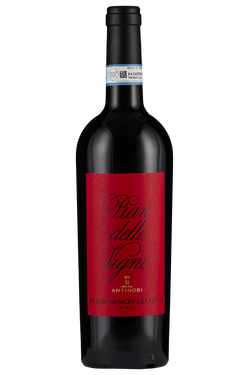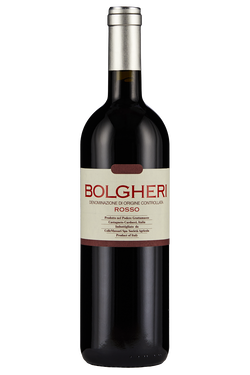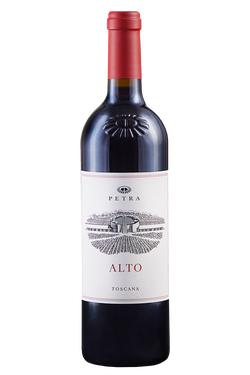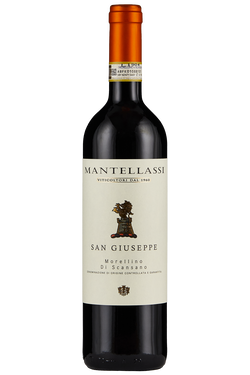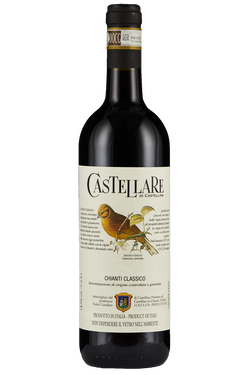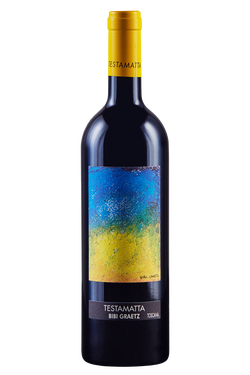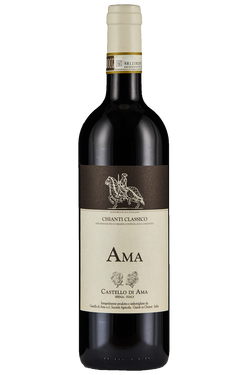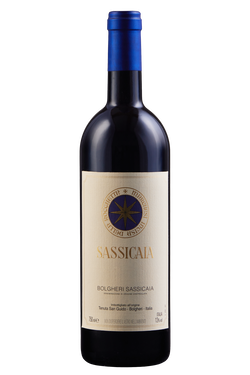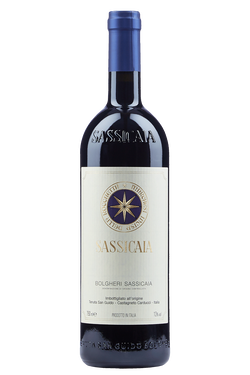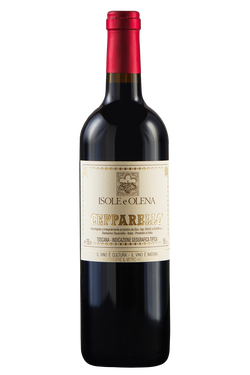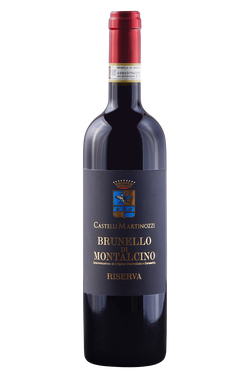The best red wines of Tuscany
Important designations of both white and red wines are produced in Tuscany, which have become synonymous with the Made in Italy quality all over the world. The most famous of these are:Brunello, Bolgheri, Bolgheri Sassicaia, Chianti Classico and Vino Nobile di Montepulciano. Brunello, Chianti and Vino Nobile di Montepulciano are based on the same red grape variety, Sangiovese grosso (a different clone to Sangiovese di Romagna, find out more here). This demonstrates how the concept of a wine’s terroir is so much more than its variety: it includes the soil, climatic area, exposure, training of the vines and the human touch. The most famous red wine of Tuscany is without doubt Brunello di Montalcino DOCG (Denominazione di Origine Controllata e Garantita), first produced on the renowned Il Greppo estate by Clemente Santi, who experimented with the first vinification methods in the second half of the 19th century. This prestigious Tuscan wine was first released in 1865, when Clemente presented the first bottle of Brunello di Montalcino to the public, named in honour of its black grape variety, known as “brunello” by locals at that time. Today, this famous Tuscan red is protected by a strict production protocol, which provides for a maximum yield of 80 q/ha, and regulates its release for sale five years after harvesting. During this period, Brunello must age for a minimum of two years in wooden barrels and at least four months in bottles. Brunello’s younger brother, Rosso di Montalcino, also produced with Sangiovese Grosso, is a wine that was created to be savoured at a more youthful age, so much so that it can be released for sale one year after harvesting.
Tuscany’s major red wine designations
The history of the Bolgheri designation is more recent, but no less fascinating than Brunello. It is thanks to Marchese Mario Inciso della Rocchetta who realised his dream of creating a great wine in Tuscany from international grapes. The Viale dei Cipressi (Boulevard of Cypresses), made famous by Carducci, is today one of the symbols of DOC Bolgheri, and is even used in the logo of the Consortium. There are various types of this designation, Bolgheri DOC, which can be produced as a monovarietal from individual lots of Cabernet Sauvignon, Merlot or Cabernet Franc, or it can be created by blending the three grape varieties with the addition of Syrah, Sangiovese or other complementary varieties such as Petit Verdot. The Bolgheri Superiore version uses the same varieties, but has lower grape yields, as well as having a higher ABV. Bolgheri Sassicaia DOC is the only Italian designation that is situated entirely in a single estate, Tenuta San Guido (2500 hectares, including 75 hectares of vineyards), and uses at least 80% Cabernet Sauvignon, plus other red grape varieties. Chianti Classico is a very old designation, dating back to 1716 when, in one of his edicts, the Grand Duke of Tuscany, Cosimo III, limited the boundaries of production to just nine municipalities of the provinces of Florence and Siena. The black rooster has been the symbol of Chianti Classico since 1924, and is derived from the former emblem of the Chianti Military League. Today, the production protocol provides that Chianti Classico must be produced with Sangiovese as a monovarietal or as a blend of a minimum of 80% Sangiovese, and a maximum of 20% of other red grape varieties.
Pairings with Tuscan red wines
The beauty of Tuscan red wines is that they go perfectly with any course. You can begin the meal with a glass of Rosso di Montepulciano, together with Cinta Senesi cured meats and pecorino from Pienza. These can be accompanied by crostini with liver pâté or lardo di Colonnata, bruschetta with garlic, Tuscan olive oil and a pinch of salt. After the appetiser, you can move on to a pasta or rice dish, continuing with a bottle of Montepulciano. This wine goes well with zuppa di fagioli or pici, a typical local pasta similar to spaghetti, made with water, wheat flour and corn flour, traditionally served with a tomato and garlic sauce. If, however, you would like to try a traditional dish from the region, namely Florentine steak, this can be enjoyed best with a Nobile di Montepulciano, which enhances the flavour of the meat. Thanks to its rich flavour, Nobile di Montepulciano wine also goes particularly well with lamb, a meat with a delicate taste and tender texture, and extra mature cheeses. For those who are not meat-lovers, a good glass of Chianti can be paired with vegetable ribollita in the winter or panzanella in the summer.
More harmonious flavours and aromas
All the traditional Tuscan dishes can also be paired with a Chianti Classico, particularly those more structured such as pici with Chianina beef ragù, white bean soup, fish soup and rare fillet steak. A glass of Brunello, on the other hand, calls for braised wild boar, or a cheese board, thanks to its full-bodied aromatic structure which brings out their flavours. Being a younger wine than Brunello, a Rosso di Montalcino goes perfectly with pasta dishes with meat sauces, truffles, mushrooms, risottos, and also Tuscan cured meats and grilled red meats. Finally, a Bolgheri Rosso, being full-bodied and intense but with a fresh, savoury flavour, goes well with pasta and rice dishes, mature cheeses or main courses of meat, cold cuts and cured meats. Some even suggest trying it with cacciucco alla livornese, a Livorno-style fish dish. This dish is in fact traditionally eaten together with a red wine that is soft, fresh and graceful with a full flavour and the right acidity. While pairing fish with red wine can rouse some hesitation, you just need to try it to discover flavours and fragrances that suit each other to perfection.
